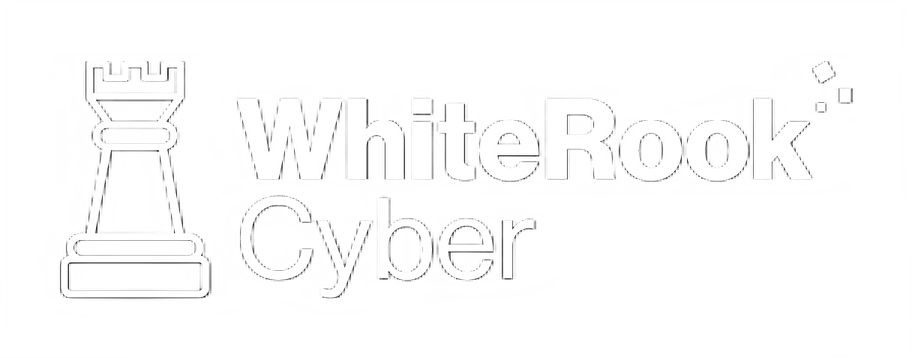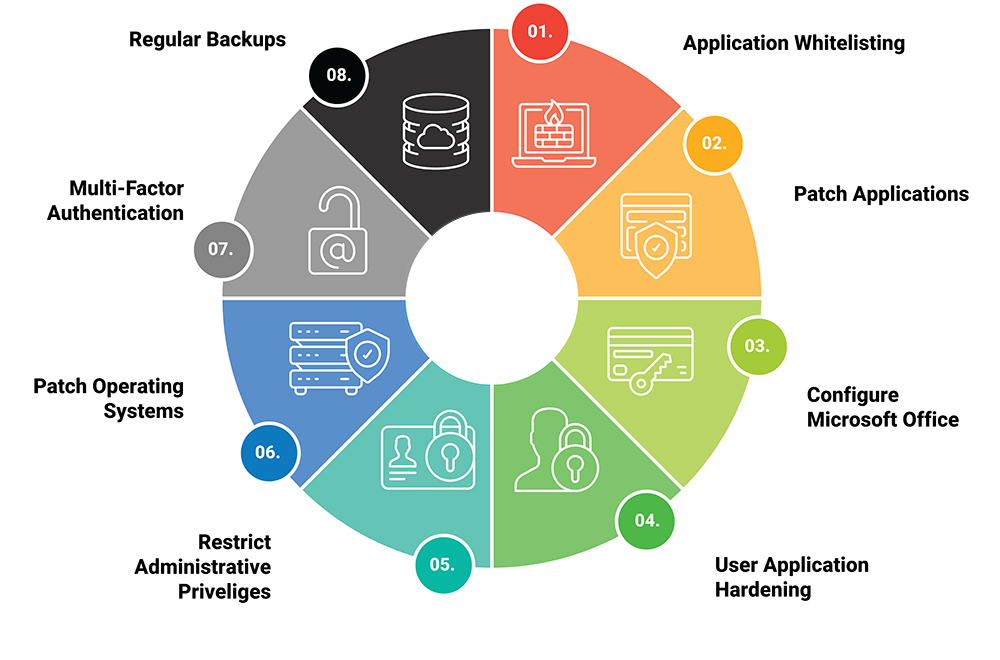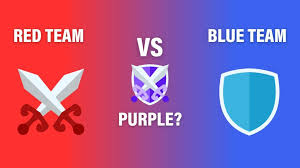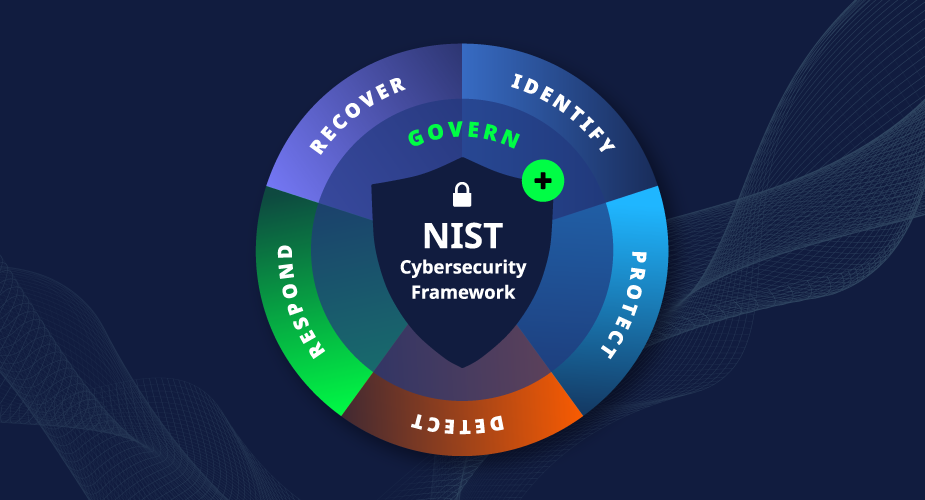In today’s complex threat landscape, Australian businesses face mounting cyber risks—from ransomware attacks and data breaches to sophisticated phishing campaigns. A strong technical defence is vital, but it’s your organisation’s approach to Governance, Risk, and Compliance (GRC) that truly shapes long-term resilience. Prioritising GRC isn’t just a regulatory requirement—it’s a strategic foundation, positioning your business toanticipate threats, meet obligations, and bounce back from adversity with confidence.
Understanding Governance, Risk, and Compliance
At its core, Governance, Risk, and Compliance is a framework that defines how an organisation steers its information security program. But what does that mean practically?
- Governance is about leadership and oversight. It sets the policies, roles, and responsibilities that guide your cyber strategy. Think of it as the board-level commitment to making security a priority—and ensuringthose priorities cascade through every level of your business.
- Risk Management involves identifying, assessing, and mitigating threats facing your systems, data, and operations. This includes a structured process to evaluate potential risks and implement controlsappropriate for your appetite and obligations.
- Compliance ensures you meet legal, regulatory, and contractual requirements. From federal privacy acts to industry certifications such as Essential 8 or ISO 27001, compliance puts your security commitmentsinto action and maintains trust with clients, partners, and regulators.
For Australian organisations, effective governance of risk management means senior leaders regularly reviewing risks, allocating the right resources, and holding teams accountable—making security a business enabler, not just an IT issue.
The Value of Proactive GRC for Australian Businesses
Why does GRC deserve a central place in your security strategy? The short answer: it’s your first line of defence against the unknown.
Proactive GRC empowers you to:
- Spot vulnerabilities before attackers can exploit them
- Streamline compliance with a growing web of regulations
- Demonstrate trustworthiness to partners and customers
- Be audit-ready at all times—with clear documentation and controls in place
- Recover rapidly from incidents with established response plans
Consider recent high-profile data breaches in Australia. In almost every case, while security tools played a role, it was the organisation’s GRC posture—how well they understood and addressed risks at a strategic level—that dictated the real impact and subsequent reputation recovery.
What Does a GRC Officer Actually Do?
The Governance, Risk, and Compliance officer is a lynchpin in modern enterprises. This professional works across departments, coordinating efforts to:
- Develop and review security policies
- Assess business risks and align controls accordingly
- Track regulatory changes and lead compliance initiatives
- Educate staff on responsibilities through cyber security awareness training
- Prepare for audits and produce necessary documentation
Their remit isn’t confined to ticking boxes—they are trusted advisors, helping shape a culture where security and compliance are foundational to every operation and decision.
The Four Pillars of Effective GRC
An effective GRC program for Australian organisations typically rests on four key pillars:
- Strategic Governance: Leadership sets vision, sponsors initiatives, and integrates GRC into wider business strategy.
- Risk Management: Systems are in place to identify, evaluate, and reduce risks to acceptable levels.
- Compliance & Controls: Regulatory and standard requirements (like the essential 8) are embedded, with processes to maintain and evidence compliance.
- Continuous Improvement: Regular reviews, testing (such as penetration testing), and feedback mechanisms drive ongoing maturity.
Approaching GRC as a living process—rather than a one-off project—ensures your business stays agile and prepared, whatever the threat or regulatory climate.
Integrating GRC with Leading Security Standards
How can you embed global best practice within your own business? Aligning with recognised standards such as ISO 27001 audit or adopting the Australian-government-endorsed Essential 8 offers clear frameworks to guide your GRC initiatives:
- Essential 8 provides practical, proven mitigation strategies essential for countering ransomware and other common threats.
- ISO 27001 sets a rigorous international baseline for an information security management system, covering governance, operational controls, and continual improvement.
Conformity with these frameworks not only hardens your defences but also signals maturity and credibility to stakeholders.
Build a Resilient, Audit-Ready Cyber Future
Robust GRC practices aren’t just for the largest organisations—every Australian business, from SMEs to enterprises, stands to gain from a thoughtful approach to governance, risk, and compliance.
Your first step? Review your existing cyber security and risk management posture. Are your policies clear and enforced? How often are risks reviewed at a senior level? Are your compliance activities up to date—especially as regulations evolve?
At White Rook Cyber, we help you take the guesswork out of GRC. Our experienced consultants deliver tailored audits, leveraging frameworks such as Essential 8 and ISO 27001 to benchmark and strengthen your processes.
Ready to assess your GRC position and build lasting cyber resilience? Contact White Rook Cyber today for a confidential audit and take control of your security future.





